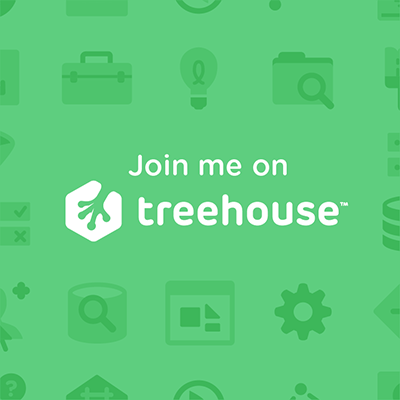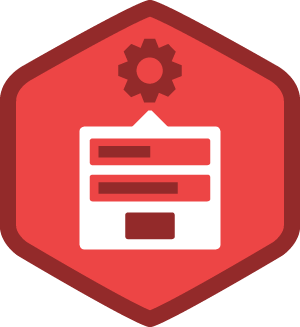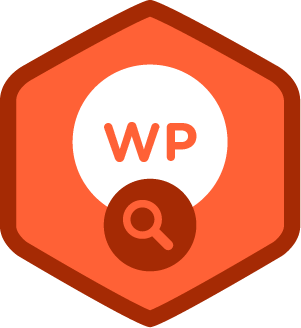 The Google Story: Inside the Hottest Business, Media, and Technology Success of Our Time by David A. Vise
The Google Story: Inside the Hottest Business, Media, and Technology Success of Our Time by David A. Vise
My rating: 5 of 5 stars
Tells the Google story, starting with the biographies of the two founders, Sergey Brin and Larry Page. The two started with Sergey Brin’s initial insight as to how to determine link popularity (modeled on scientific paper ranking by citation counts from other papers) and then worked out how to index the existing internet (in 1998-1999) and return reasonably good search results. Given that decent search was so badly needed at the time, they had a tool that worked well – and that exploded out of the gate. Has a decent explanation as to how Google Ad Words work, and the what the resulting revenue stream has enabled the company to do.
An excellent primer for those who would like to learn more about Google.






